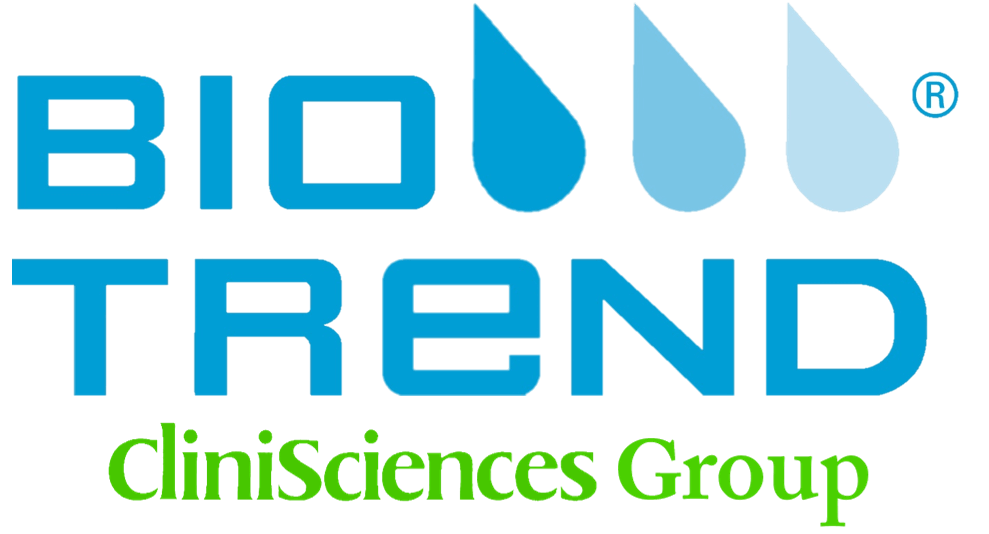Anti-Human HLA-DR (MHC Class II) - Purified
Katalog-Nummer H131-200
Size : 200µg
Marke : Leinco Technologies
AntiHuman HLADR (MHC Class II) – Purified
AntiHuman HLADR (MHC Class II) – Purified
Product No.: H131
Clone L243 Target HLADR Monomorphic Formats AvailableView All Product Type Monoclonal Antibody Alternate Names Major Histocompatibility Class II, MHC class II, HLADR Monomorphic Isotype IgG2a Applications B , Depletion , FC , IHC FF , IP , PhenoCycler® , WB |
Antibody DetailsProduct DetailsReactive Species Baboon ⋅ Chimpanzee ⋅ Cynomolgus Monkey ⋅ Marmoset ⋅ Rhesus Monkey ⋅ Squirrel Monkey ⋅ Canine ⋅ Human Host Species Mouse Immunogen Unknown Product Concentration 0.5 mg/ml Formulation This purified antibody is formulated in 0.01 M phosphate buffered saline (150 mM NaCl) PBS pH 7.4, 1% BSA and 0.09% sodium azide as a preservative. Storage and Handling This purified antibody is stable when stored at 28°C. Do not freeze. Country of Origin USA Shipping Next Day Ambient RRIDAB_2737512 Applications and Recommended Usage? Quality Tested by Leinco FC The suggested concentration for this HLADR (Clone L243) antibody for staining cells in flow cytometry is ≤ 0.5 μg per 106 cells in a volume of 100 μl or 100μl of whole blood. Titration of the reagent is recommended for optimal performance for each application. WB The suggested concentration for this HLADR (Clone L243) antibody for use in western blotting is 110 μg/ml. Additional Applications Reported In Literature ? IHC FF CyTOF® B Depletion IP Additional Reported Applications For Relevant Conjugates ? CODEX® Each investigator should determine their own optimal working dilution for specific applications. See directions on lot specific datasheets, as information may periodically change. DescriptionDescriptionSpecificity Clone L243 recognizes a conformational epitope on the human MHC class II molecule HLADRα, which depends on the correct folding of the αβ heterodimer1. It does not crossreact with HLADP or HLADQ. Background HLADR antibody, clone L243, recognizes the major histocompatibility complex (MHC) class II molecule Human Leukocyte Antigen DR isotype (HLADR). MHC class II is constitutively expressed on human professional antigenpresenting cells (APCs), including macrophages/monocytes, dendritic cells (DCs), and B cells, and is induced on T cells upon activation2. HLADR consists of two transmembrane proteins, a 35 kDa α (heavy) chain and 29 kDa β (light) chain3 encoded by the HLADRA and HLADRB1, HLADRB3, HLADRB4, and HLADRB5 genes, respectively, located in the HLA complex of chromosome 6. The Nterminal α1 and β1 domains form the antigenbinding groove, which binds 1325 aa peptides derived from exogenous antigens4. On APCs, MHC class II plays a critical role in the adaptive immune response by presenting phagocytosed antigens to helper CD4 T cells. The T cell receptor (TCR)/CD3 complex of CD4 T cells interacts with peptideMHC class II, which induces CD4 T cell activation leading to the coordination and regulation of other effector cells. CD4 molecules also bind to MHC class II, which helps augment TCR signaling5. It has also been demonstrated that MHC class II express on activated T cells are capable of antigen presentation6 and can transduce signals into T cells, enhancing T cell proliferation and activity7. HLADR expression is a marker of T cell activation and correlates with disease activity in patients with autoimmune disease8 and rapid progression in HIV infection9. Specific alleles of HLADR are associated with autoimmune diseases, including rheumatoid arthritis10. Antigen Distribution HLADR is expressed on antigenpresenting cells, including macrophages, monocytes, DCs, and B cells, and activated T cells. Ligand/Receptor CD3/TCR, CD4 Function Peptide presentation PubMed NCBI Gene Bank ID Research Area Immunology . Innate Immunity References & Citations1. Moro M, Cecconi V, Martinoli C, et al. (2005) BMC Immunol. 6:24 2. Holling TM, et al. (2004) Hum Immunol. 65(4):28290 3. Mitaksov V, (2006) J Biol Chem. 281(15):1061825 4. Wieczorek M, et al. (2017) Front Immunol. 8:292 5. Artyomov MN, et al. (2010) Proc Natl Acad Sci USA. 107(39):1691616921 6. Barnaba V, et al. (1994) Eur J Immunol. 24(1):715 7. Di Rosa F, et al. (1993) Hum Immunol. 38(4):25160 8. Viallard JF, et al. (2001) Clin Exp Immunol. 125(3):485491 9. Langford SE, Ananworanich J, Cooper DA. (2007) AIDS Res Ther. 2007;4:11 10. Gough SC, Simmonds MJ. (2007) Curr Genomics. 8(7):453465 |



